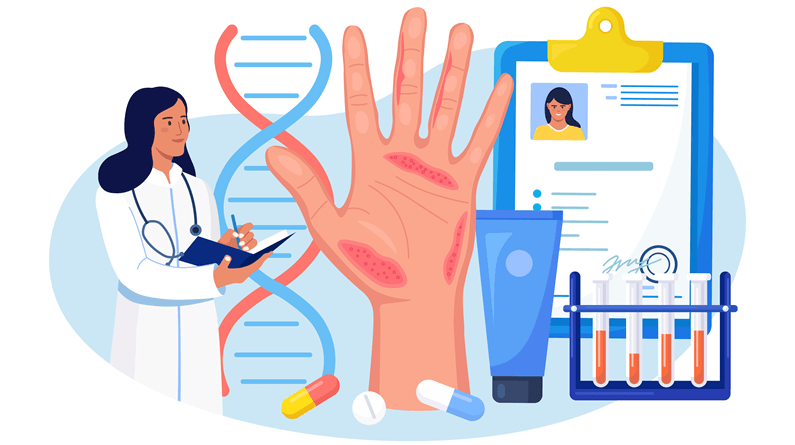Understanding Ringworm Skin Infections
Ringworm, also known as dermatophytosis or tinea, is a common fungal skin infection that can affect anyone. Despite its name, ringworm is not caused by a worm, but rather by a fungus that creates a ring-shaped lesion on the skin.
Symptoms of Ringworm Infections
Ringworm infections can cause a range of symptoms, including:
– Scaly, ring-shaped lesions on the trunk, arms, legs, or buttocks
– Redness and inflammation around the lesion
– Itching and discomfort in the affected area
– Lesions may be flat or raised, and may overlap
Risk Factors for Ringworm Infection
Certain factors can increase your risk of developing a ringworm infection, including:
– Warm or tropical climates
– Close contact with an infected person or animal
– Sharing personal items, such as towels or clothing
– Wearing tight or non-porous clothing
– Weakened immune system
Causes of Ringworm Infection
Ringworm infections can be caused by:
– Direct skin contact with an infected person or animal
– Indirect contact with an infected person or object
– Contact with contaminated soil
Preventing Ringworm Infections
Preventing ringworm infections requires a combination of awareness, cleanliness, and caution. Here are some steps you can take to reduce your risk:
– Educate yourself and others about the risks of ringworm infection
– Practice good hygiene, including frequent handwashing and showering
– Avoid sharing personal items, such as towels or clothing
– Wear loose, breathable clothing in warm weather
– Avoid touching infected animals or objects
– Clean and disinfect shared areas and objects, such as gyms and sports equipment
References:
https://www.healthline.com/health/ringworm#:~:text=What%20is%20ringworm%3F,a%20ring%20%E2%80%94%20hence%20the%20name.
https://www.mayoclinic.org/diseases-conditions/ringworm-body/symptoms-causes/syc-20353780
https://www.webmd.com/skin-problems-and-treatments/what-you-should-know-about-ringworm#1
https://www.cdc.gov/fungal/diseases/ringworm/index.html

